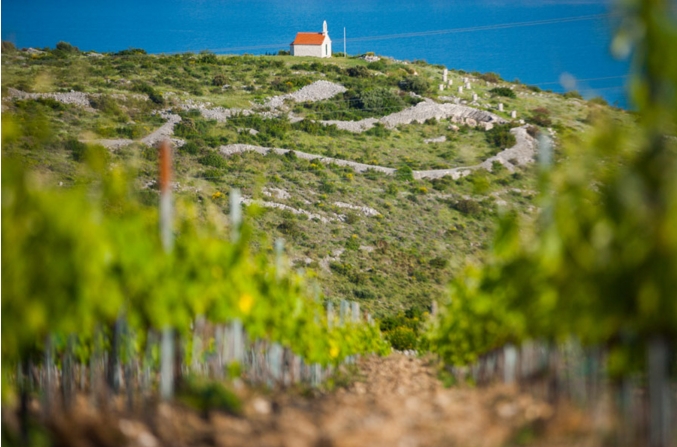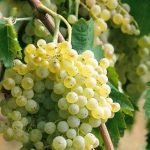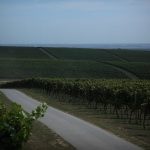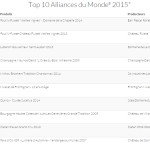Croatian wine is attacting increasing international interest with its 130 indigenous varieties, perhaps the most interesting of which is Crljenak Kastelanski, the original Zinfandel in Dalmatia. A visit to a young winery restoring the original variety to its former glory.
As part of the international FIJET press celebration of Advent in Split on December 13, 2015, journalists from France, UK, Belgium and Slovakia visited the Babe winery above Trogir, whose wines were presented at the gastro event on Split’s main square.
The vineyard trip was an opportunity to learn more about the region’s wines and one promising new producer, in the viticultural heartland of the area which gave the world what today is better known as famous American red variety, Zinfandel.

It was back in 2001 that confirmation came from the University of Davis that the DNA of an obscure grape variety from Kastela near Split was in fact the original Zinfandel. The grape variety had been dying out in the region, and had certainly lost out in popularity to a much better known relative in Dalmatia – Plavac Mali – but the Zinfandel connection has changed all that, and the Babe winery just above Split Airport is one of several which has been busy planting.
The stunning panoramic view offers a great overview of some of the cultural treasures of Central Dalmatia, quite apart from its pristine sea and famous islands. To the right of the vineyard is the UNESCO World Heritage Site of Trogir old town, off in the distance to the left the World Heritage Site of Diocletian’s Palace in Split, which is reached by passing through the seven historic Kastela waterfront villages, whose most recent claim to fame (after being recognised as the home of the original Zinfandel) was as a location for hit HBO series Game of Thrones.
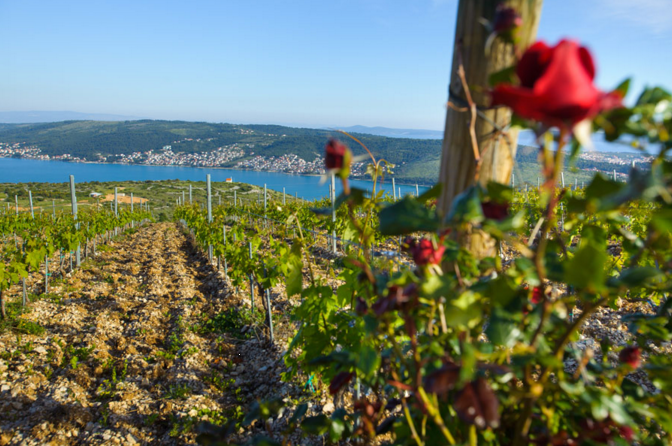
While tourism in general is booming in Central Dalmatia, it is perhaps the potential of its wine tourism which is most exciting, as international interest focuses on the freshness and originality of its indigenous varieties. With the increased interest of Crljenak Kastelanski, the original Zinfandel, the region’s growers are slowly getting more organised and improving their production and wine tourism facilities, as was evidenced by the winemakers of Kastela in a report for Google News earlier this year.
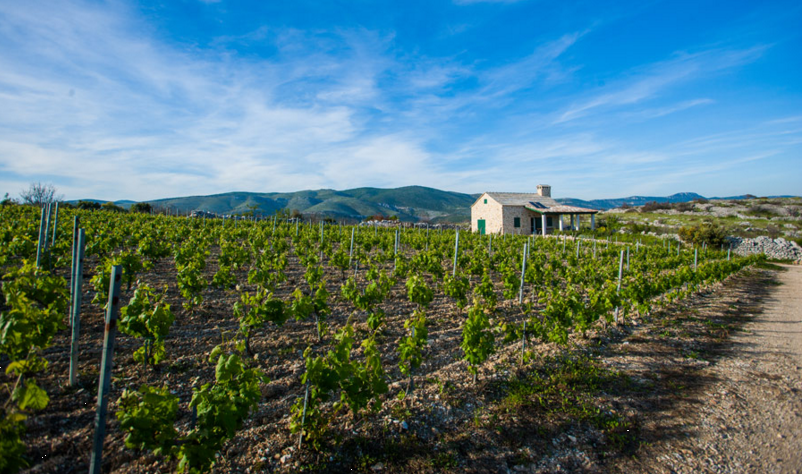
Exisiting vineyards are expanding, and new ones have been planted, and the press trip was taken high above the airport to a remote spot of exquisite beauty. Our guide Ljubo Jelavic was a lawyer by trade, but he was working hard on a new family project to produce quality wine on a 13 hectare plot of land which had previously been uncultivated and rocky. His parents had had the dream and bought the land in 2008, and some 100,000 vines have been planted once the land had been cleared.
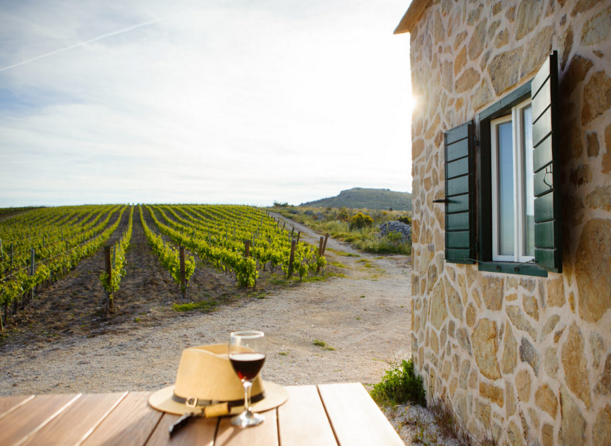
The choice of grape varieties has been a mixture of indigenous and international, with a third of the vineyard comprising Crljenak Kastelanski, another third Plavac Mali, and the rest a combination of Cabernet Sauvignon, Merlot, Syrah and Tempranillo. An attempt to grow the popular white Dalmatian variety of Posip was less successful.
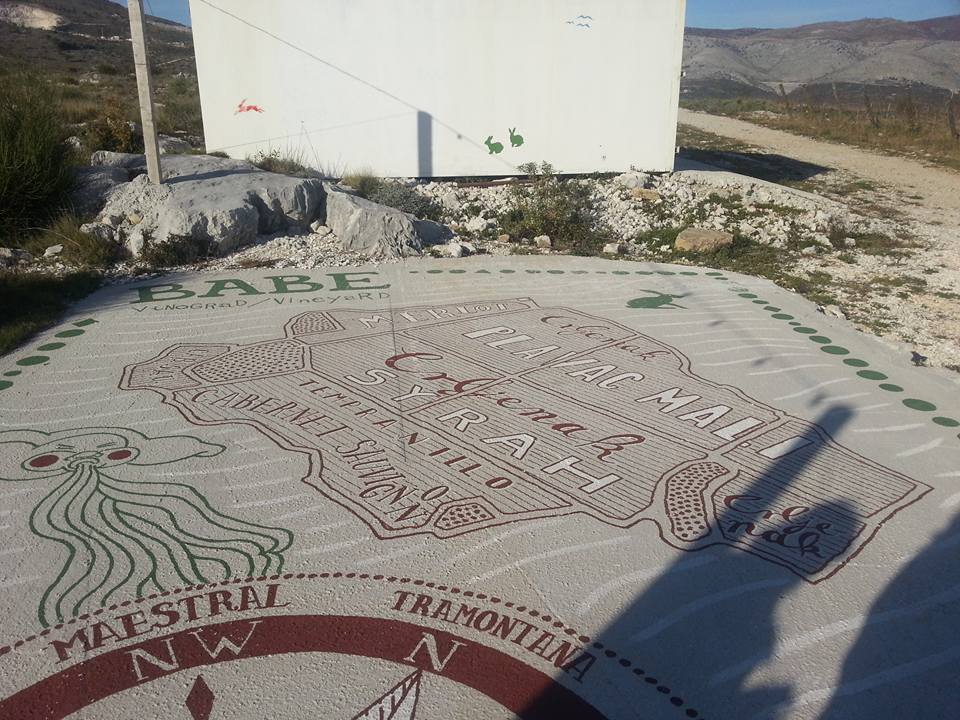
The grape varieties are innovately mapped out in concrete on a hill peak, from where one can survey each variety, as well as taking in those breathtaking views.
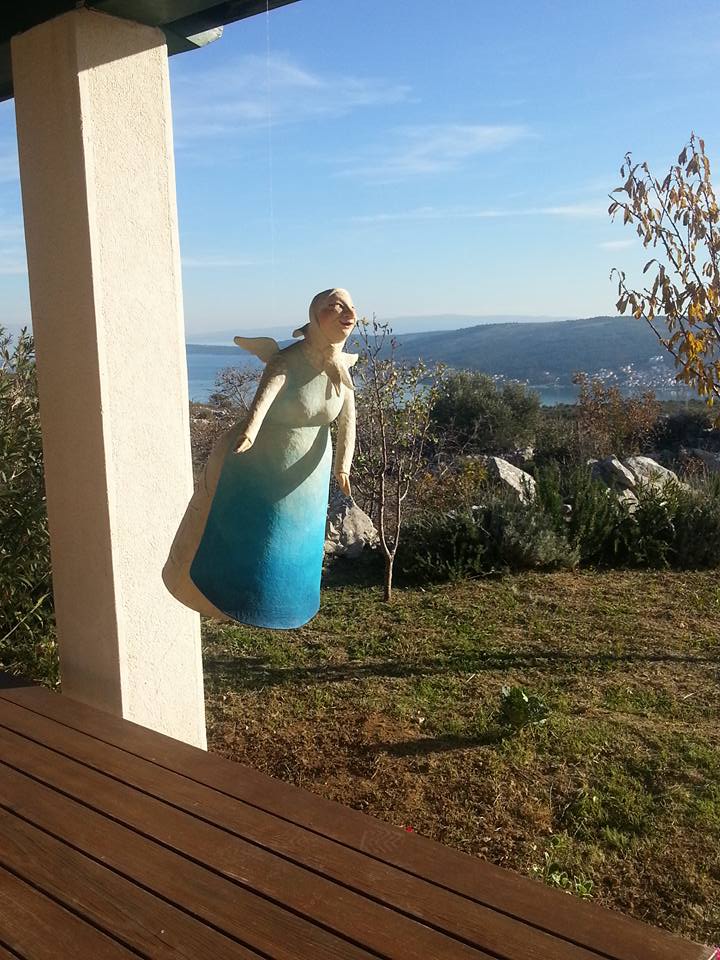
The name Babe (pronounced Ba-beh) refers to the name of the hill. It is also similar to a Croatian word for old lady, who is commemorated on the terrace of the delightful compact stone house on the vineyard, where an excellent lunch of cuttlefish and bean stew with polenta was washed down with a hearty and heavy Crljenak from the winery’s Vina Kairos brand. At 15.5%, it was very full-bodied and well-appreciated by the international gathering. The house is a popular destination for Dalmatia’s emerging boutique wine tourism, and small groups up to 14 make the trek regularly in the summer months.
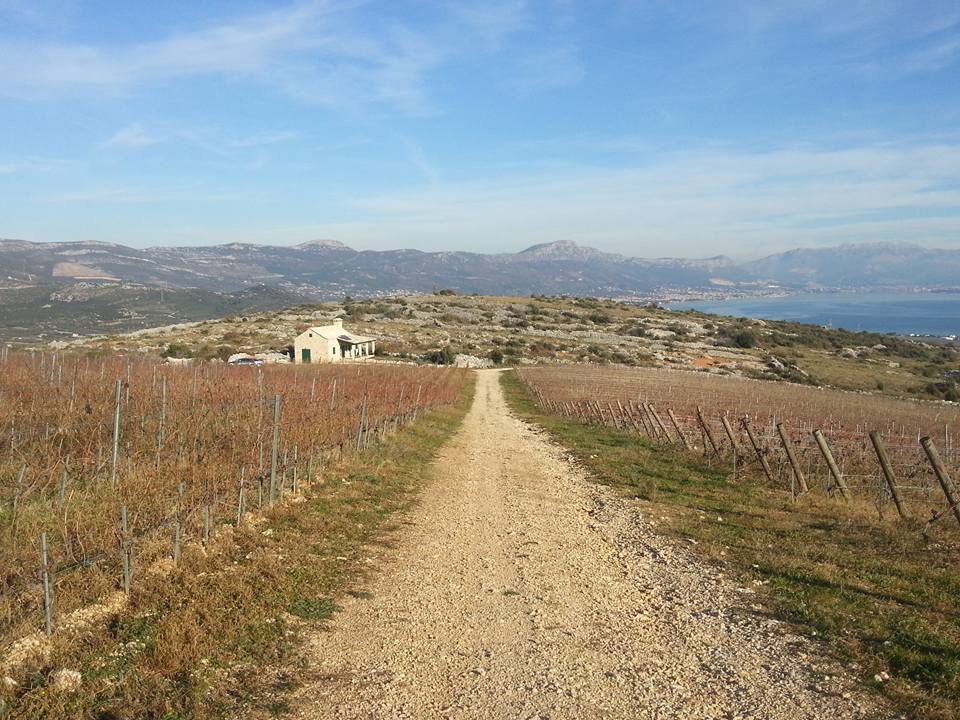
In glorious mid-December sunshine, things were less busy, allowing plenty of time to take in the gorgeous setting.
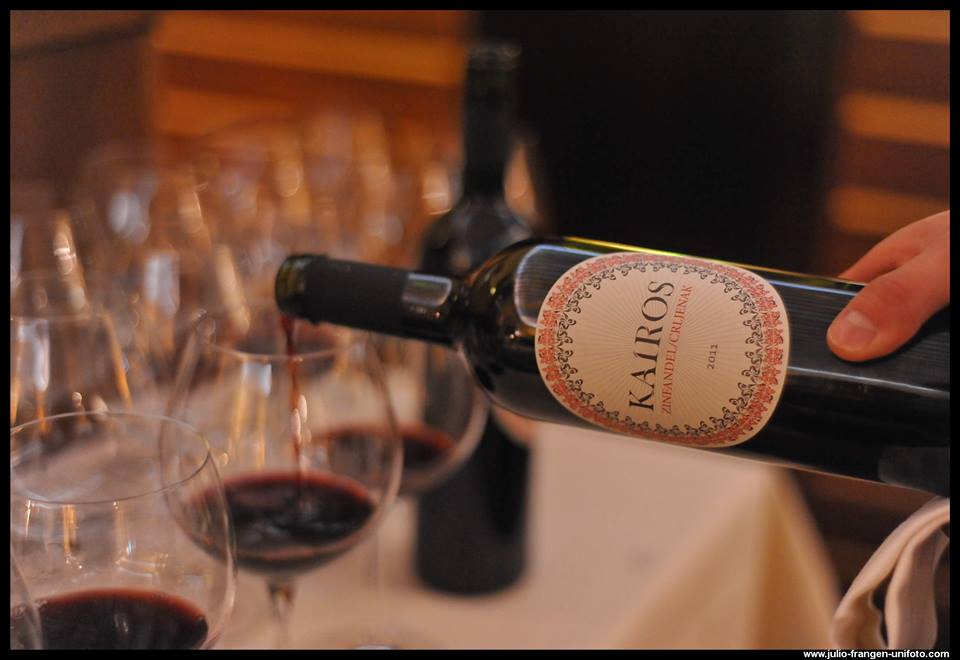
The Vina Kairos range only went to market last year for the first time, and its initial small production of 15,000 bottles has proved popular, with several restaurants in Split, Hvar and now Zagreb taking on the wines for their exclusive wine lists. Tasting proved very popular at the Gastro Advent in Split event as well.
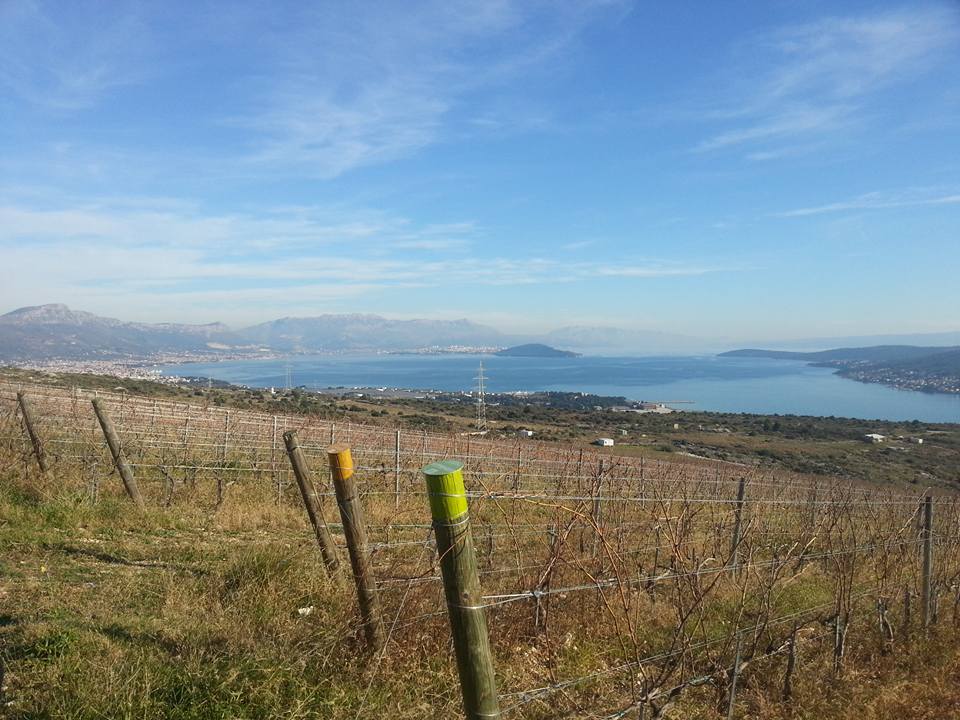
An excellent family business, working hard to resurrect one of the potentially greatest assets Croatian wine and wine tourism possesses, and the combination of quality wine, warm hospitality and spectacular setting shows that the future of Dalmatian wineries such as Babe is looking very rosy indeed.

